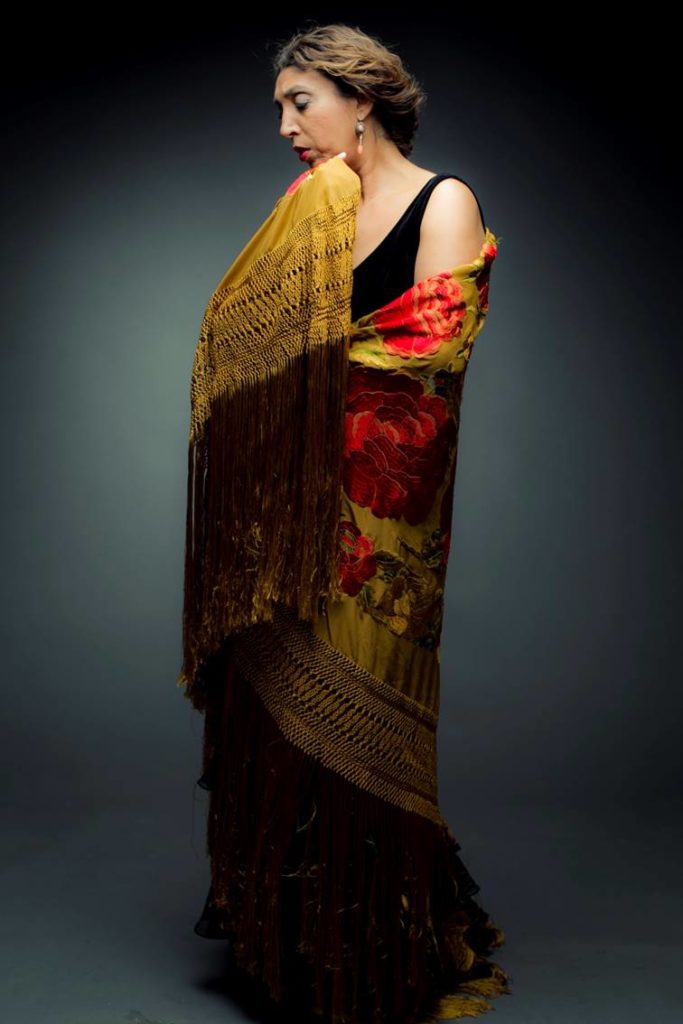 Serpa will be the next town in Baixo Alentejo to host the Festival Terras sem Sombra, after Almodôvar, Odemira, Santiago do Cacém and Castro Verde. An open door to discover the left bank of the Guadiana, which was only definitively integrated into Portugal in the time of D. Dinis.
Serpa will be the next town in Baixo Alentejo to host the Festival Terras sem Sombra, after Almodôvar, Odemira, Santiago do Cacém and Castro Verde. An open door to discover the left bank of the Guadiana, which was only definitively integrated into Portugal in the time of D. Dinis.
The festival defends a program of excellence in the area of sacred music and has taken to heart unveiling the stories of palaces, churches and other monuments in the villages, establishing bridges between the immaterial and material heritage. Carrying out voluntary actions to safeguard biodiversity is another of its hallmarks.
All concerts take place in churches restored over the last few years, but Serpa will be the exception: the show will take place in the city's main square, on May 6th, at 21 pm.
listen to the soul of sing jojo
The flamenco in its pure dimension arrives in Alentejo through one of the most beautiful and expressive voices of our time, that of cantaora Esperanza Fernández, accompanied by the great guitarist Miguel Ángel Cortés and, on percussion, by other references in Andalusian music: Jorge Pérez “El Cubano”, Dani Bonilla and Miguel Junior.
Deeply religious themes, such as the Agnus Dei: Kyrie or Lamb of God, poured into the popular liturgy in rhythms of solea, petenera ou siguriya, alternate with others inspired by José Saramago, to whom the cantaora Sevillian from the Triana neighborhood dedicated an album entitled My voice in your word.
Little known among us, apart from the folkloric aspect, Andalusian devotion establishes remarkable bridges between spirituality and art.
Revisiting Seville's spiritual heritage from the sing jojo, Esperanza evokes the religiosity of the Gypsy people, to which it belongs, and brings it closer to José Saramago's poetry.
From this dialogue between the Divine and the Human, inseparable strands of the southern soul, a synthesis was born, which is interpreted by cantaora with an emotive authenticity and an interior life that provoke the shivers and transport spectators to the heart of the Triana district, where the soul of Andalusia manifests itself in all truth. The drama flows in Esperanza's voice like a river on its way to the sea, sometimes serenely, sometimes with the vertigo of something that fulminates.
The realization of this show in the middle of Praça da República de Serpa, a few meters from the old Porta de Sevilla, once torn in the walls of this city, is a very expressive sign of the scope, in Iberian key, with which Terras sem Sombra faces the relations between religious music and society today.
In fact, it fits like a glove to the 13th edition of the festival, which has as its guiding principle “From Spirituality in Art”. Here you can feel the echo of the opening of the sacred heritage traced by D. Manuel Falcão, the bishop of Beja who defended and wanted to make this greater dimension of the Alentejo's identity accessible to everyone.
 An Alentejo treasure: the palace of the Marqueses de Ficalho
An Alentejo treasure: the palace of the Marqueses de Ficalho
Saturday afternoon is devoted to a visit to the historic center of Serpa, which begins at 14:30 pm, next to the Town Hall, and will focus on the palace of the Marqueses de Ficalho. This remarkable building, private residence of the Ficalho family and classified as a National Monument, opens its doors to the public, exceptionally, on this occasion.
Located in the upper part of Serpa, the palace is part of the set of walls. It was built by D. Francisco de Mello, the town's chief mayor, at the end of the century. XVI. The work would be completed by his sons, D. Pedro, governor of Rio de Janeiro, and D. Martim Afonso de Mello, bishop of Guarda. It is a scholarly example of Mannerist civil architecture, faithful to the principles of Italian treatises from the XNUMXth century, and which has arrived almost unchanged to the present day.
The main façade, facing a terrace, presents a structure of great sobriety, in the “floor” style. Inside, the palace is divided into large rooms, interspersed with galleries, whose austere structure is combined with the exterior “gravitas”. Shortly after the end of the residential part, an aqueduct was built on top of the wall to supply it. The famous botanist and writer Count of Ficalho (1837-1903) lived in this palace, whose memory remains unaltered.
Protect the biodiversity of Serra de Ficalho
On Sunday morning, departing Serpa at 10:00 am, Serra de Ficalho will be the target of an action to safeguard biodiversity that has the traditional olive grove at its center. Reaching 518 meters in height, it is the most relevant elevation of the vast patch of metamorphic terrain that extends from the border to Montemor-o-Novo, constituting a relief of carbonated rocks within a schist matrix. The existence of dense and closed scrub allows the shelter of many species of mammals, namely the Iberian lynx.
The differentiation of the natural heritage of this area can also be seen in terms of land use and, especially, the mountain's vocation for the cultivation of olive groves, of a traditional nature, with many local varieties (Cordovil de Serpa, Galega, Verdeal Alentejana, Carrasquenha , Corvo's Beak, Cornicabra, Gamma and Maçanilha).
Departing from Vila Verde de Ficalho, there will be a journey to discover the borderland territory in its geological, biological and rich olive-growing traditions.
All these activities – cultural visit, concert and volunteering for biodiversity initiative – are free and do not require registration.


















Comments